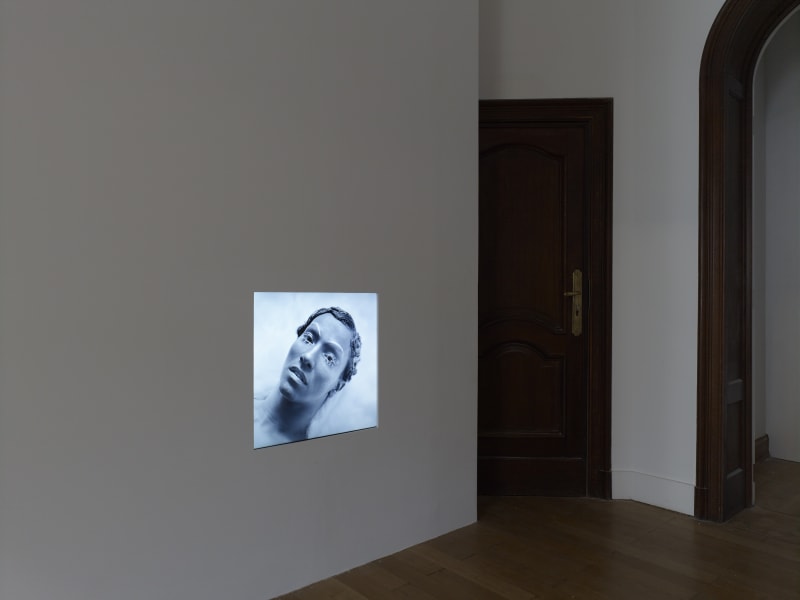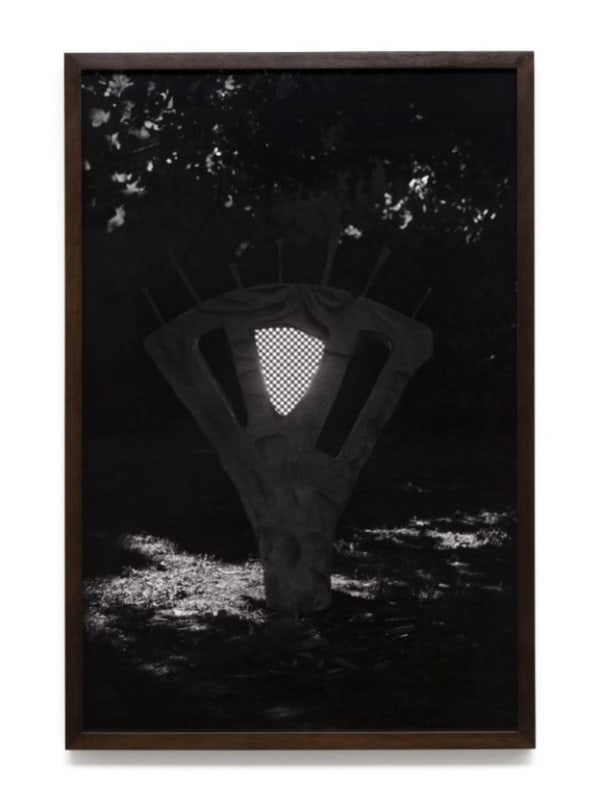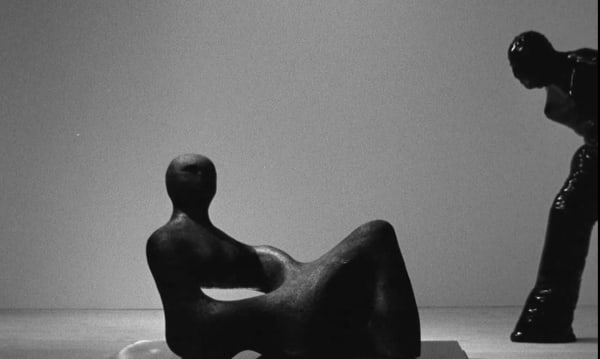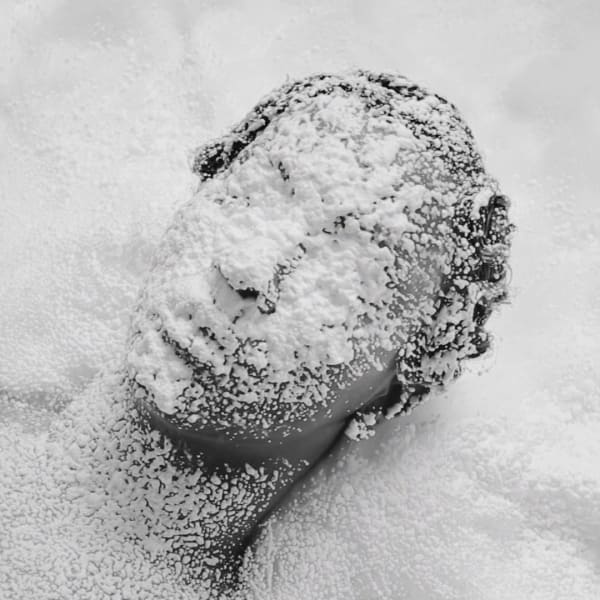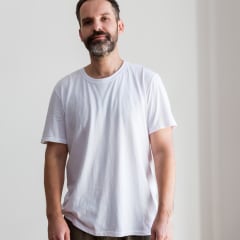The Modern Years Luiz Roque
Modern (2014) departs from an exploration of Henry Moore’s Recumbant Figure (1938) dialoguing with the fashion appeal of the performance artist Leigh Bowery; a key figure in the London club culture between the 80s and 90s. The film considers binary notions of stillness and dance, high and low culture, history and future, in order to better understand various iconographies.
S (2017) employs the sci-fi genre to tell a story about subterranean characters who inhabit the city’s underground arteries and live in the shadows of daily life. The artist explains: I wanted to work with a nonverbal form of communication and I came to the conclusion that the characters, most of them black, gay, effeminate boys, would communicate through sign language, through dance and choreographed movements, expressing the tension between what is below and what is above. Scenes of the characters dancing are paired with a continuously spinning sculpture by the neo-concrete sculptor Franz Weismann. The movement of the bodies and of the geometric abstract sculpture both evoke the sense of an industrial motor that fuels the endless debate of progress.
Rio de Janeiro (2017), Roque’s most recent work, takes place at Flamengo Park in Rio de Janeiro where the Museum of Modern Art is located. A black transsexual woman strolls around the neighborhood whilst a phone conversation with the founder of the museum, in which she confesses her dream of the museum burning down, is overheard. The conversation pertains to the fire that destroyed most of the museum’s collection in 1978. The film relates the destruction of modern icons, including the burning of Brancusi’s Mlle. Pogany (1920), to the construction of new icons. Brazil’s most famous city is portrayed as a living sculpture, a place of contrasts and aesthetic tension.
The photograph on view in the exhibition, Videoarte (2017), was made in collaboration with the Brazilian artist Erika Verzutti. Her sculptures are positioned on an equivalent plane to their surrounding environment challenging traditional notions of sculptural representation in modern times. Videoarte encourages the viewer to approach modern sculpture from another angle as well as think about the endless possibilities of Roque’s chosen medium. Together with the three films, the works on view in The Modern Years challenge the duality between the socially rejected body and iconoclasm of modern thought that runs through the historiography of art. The viewer is invited to engage in a mutual space, a site for the observation of the unrepresented form, be it material or political.
